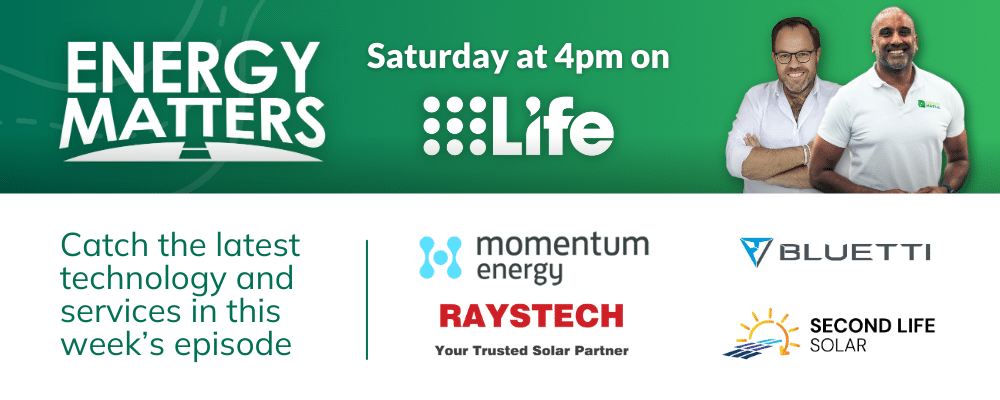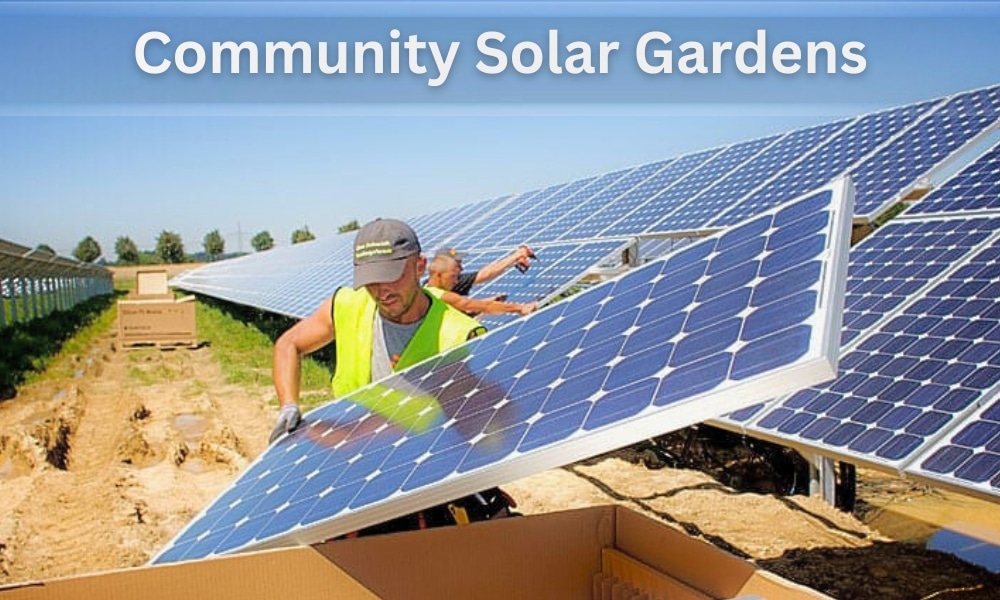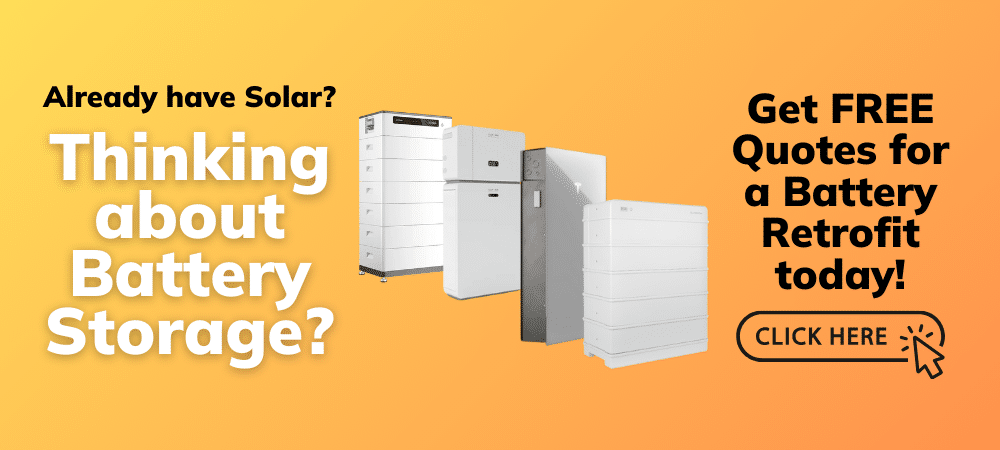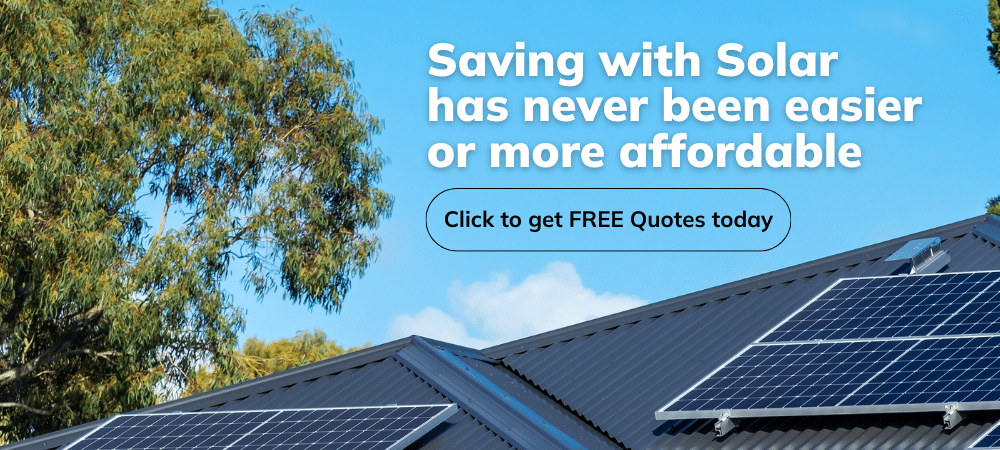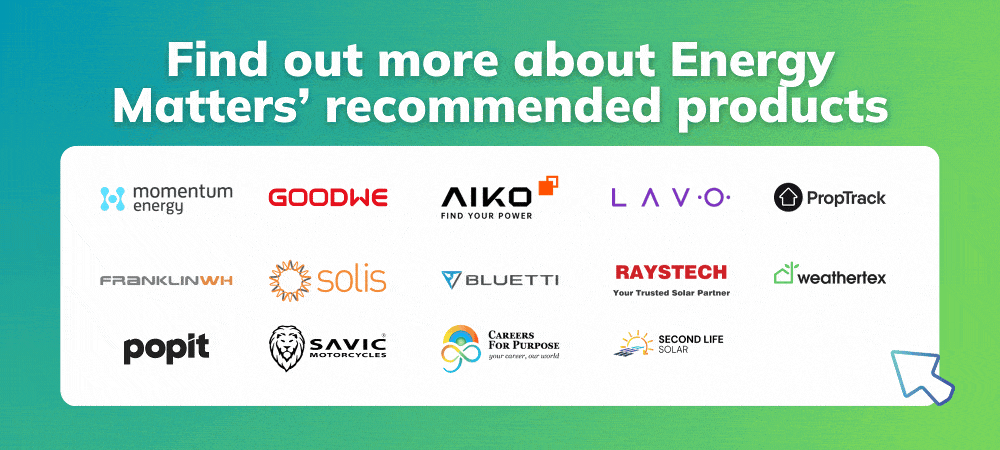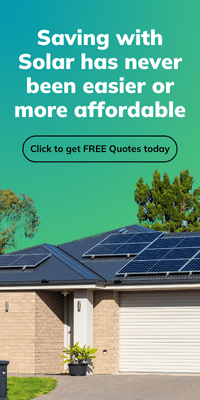On this pge
The benefits of going solar are clear: it saves you money on your energy bills and helps reduce emissions from dirty fossil fuels. But for millions of households across Australia, installation of solar panels isn’t an option. Whether they live in a rental property, or an apartment or their roof is too shaded, over one-third of Australians are unable to generate their own clean and cheap solar energy.
There is, fortunately, a solution. Community solar gardens allow people to share in the benefits of solar energy, even if they can’t install panels on their own roofs. In this article, we will answer some of the most common questions about community solar gardens and their emergence in Australia.
Ready to take the next step towards a sustainable future? Explore community solar gardens and discover how to contribute to a cleaner planet while saving money on energy bills. Energy Matters can help you get up to 3 FREE solar quotes from pre-qualified and vetted solar installers in your area.
Energy Matters is the leading supplier of solar quotes in Australia due to its vast partnership network of high-quality installers. With Energy Matters, you can be sure you’re getting the best possible deal on solar energy.
What are community solar gardens?
A solar garden is a large-scale, grid-connected solar installation that allows multiple households or businesses to share in the financial benefits of solar energy without having to put panels on their own roof.
Solar gardens are built on land near existing electricity grid infrastructure with good sun exposure. The solar garden then generates clean, renewable electricity and feeds it into the utility grid, displacing fossil fuels. Solar gardeners purchase a “plot” in these solar gardens and, depending on how much energy their plot generates, will receive credits that offset the cost of their electricity bill.
Community solar gardens are not a new concept. Community-owned solar energy originated in the U.S. in the small town of Ellensburg, Washington. In 2003, the local municipal utility used grant money and community funds to build a 26 kilowatt array, with the panels leased to utility customers in exchange for a credit on their electricity bill. Since then, multiple initiatives have sprung up across the U.S., with 39 states operating at least one community solar project in 2021.
How do community solar gardens work?
Not all community solar gardens are set up the same way, but the most common model is for the solar garden to be owned and operated by a third-party company as opposed to your utility company. This company installs, maintains and operates the solar panels on behalf of the community solar gardeners.
A community solar garden can’t feed into your house or business directly; instead, it feeds into the main electricity grid. When you become a solar gardener, you are essentially buying “upstream” from the utility company.
When a solar gardener subscribes to the energy created in the solar garden it offsets the brown power they use at home via virtual net metering (VNM – also known as aggregated net metering). The utility recognises each subscriber as providing clean power to the grid which entitles them to credits on their electricity bill based on how much energy their plot generates.
For example, if a subscriber owns 10% of the panels, then they would be credited 10% of the production in that particular community solar garden. These credits offset the cost of their electricity bill, and in some cases, may cover it entirely.
Here’s a general overview of how it works:
- Subscription: Individuals or businesses sign up to become members of a solar garden.
- Solar farm development: A solar farm or array is constructed in a suitable location, often on commercial or industrial land.
- Electricity generation: The solar panels in the farm generate clean electricity.
- Credit allocation: The electricity generated is credited to participating members’ accounts, reducing their electricity bills.
Are there any community solar gardens in Australia?
The latest national Energy Consumer Sentiment Survey, commissioned by Energy Consumers Australia (ECA), revealed that almost three-quarters of family households are interested in buying power from a local community solar garden.
Despite growing interest in the model, only one solar garden currently exists in Australia – although another big project is currently under development.
North Coast Community Housing (NCCH) Solar Garden
Australia’s first and only active solar garden is a 35kW solar array situated on the roof of the North Coast Community Housing (NCCH) building, a social housing provider in Lismore, NSW.
This particular solar garden, operated by Enova Community Energy, is based on a social benefit model where the financial benefits of the solar energy generated are distributed throughout the community to social housing tenants and local community organisations.
Each of the households who were part of the scheme received a credit of about $580 on their annual power bill last year.
Haystacks Solar Garden
Australia’s second solar farm is currently under development. The Haystacks Solar Garden is a first-of-its kind 1 megawatt solar garden in NSW’s Riverina region that is owned by the community for the community.
Community members who want solar but are unable to install it have banded together in a “solar cooperative” to build a solar array. The project, large enough to supply power to about 333 homes, has partnered with Enova who will purchase the energy generated and provide a credit on cooperative members’ electricity bills.
Labour's future solar garden proposals
Labour introduced a plan earlier this month to invest $100 million in a “solar bank” (solar gardens). The proposal includes 85 solar banks, which Labor says could allow more than 25,000 households to share the benefits of clean energy.
The funding would subsidise up to 50 per cent of the capital cost of a project.
Benefits of community solar gardens
- Accessibility: Community solar gardens allow individuals and businesses who cannot install rooftop solar, such as renters or those with unsuitable roofs, to access clean energy.
- Reduced electricity bills: Community solar gardens can help reduce electricity costs for participants by generating clean, renewable energy.
- Environmental impact: Community solar gardens contribute to a cleaner and more sustainable future by reducing greenhouse gas emissions.
- Community empowerment: Community solar gardens can foster a sense of community and empower individuals to take action on climate change.
- Investment opportunity: Investing in community solar gardens can be a financially sound decision, with potential for long-term returns.
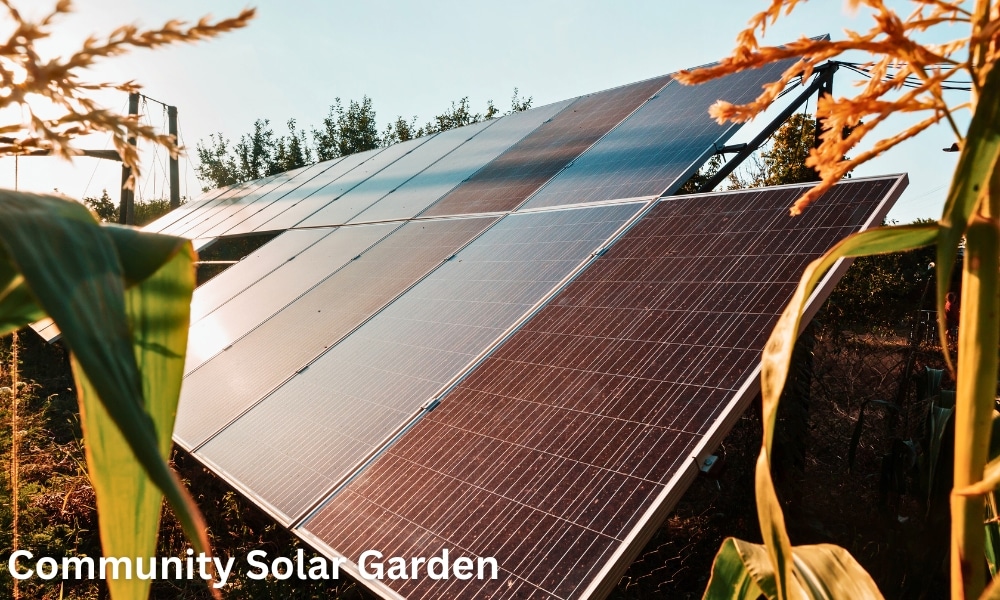
How much does it cost to join a community solar garden?
There are a few different ways that community solar pricing models work and the cost of joining can vary depending on the model.
The two major pricing models adopted in the U.S. are subscription-based and ownership-based. Subscription-based models usually require a one-off sign-up fee and then charge monthly or annual fees for each solar garden plot. Ownership-based models may involve an initial set-up cost, but once the investment is made you receive credits on your electricity bill as if it were your own rooftop solar.
The Haystacks Solar Garden is based on an ownership model. Those who buy plots can expect to pay between $4000 and $4200 for a 3KW virtual plot, a price that is likely to be slightly cheaper than installing a similar-sized unit on their own roof.
How to join a community solar garden
- Research: Look for community solar garden projects in your area. You can check with local government, utility companies, or online resources.
- Check eligibility: Ensure you meet the solar garden project’s eligibility criteria.
- Subscription process: Follow the subscription process outlined by the solar garden project. This may involve filling out an application form and making a payment.
- Monitor your energy usage: Track your energy consumption and the credits you receive from the solar garden to maximise savings.
Starting your community solar garden
If you’re passionate about renewable energy and want to take the initiative, consider starting your community solar garden. Here are the key steps:
- Form a group: Gather interested individuals and organisations to form a community group.
- Identify a suitable site: Find a location with ample sunlight and appropriate zoning for solar installations.
- Secure financing: Explore funding options, such as grants, loans, or crowdfunding, to finance the project.
- Partner with a developer: Collaborate with a solar developer to design and install the solar array.
- Establish a legal structure: Establish a legal entity, such as a cooperative or LLC, to manage the project.
- Market the project: Attract subscribers by highlighting the benefits and environmental impact of the community solar garden.
Is joining a community solar garden worth it?
Generally speaking, yes. While the financial rewards of participating in a solar garden may not be as good as owning a rooftop solar system, they are certainly better than no solar savings at all.
The financial benefits of community solar gardens typically outweigh the cost of participating. In the U.S. many community solar providers even offer a savings guarantee.
In addition to savings on your energy bill, community solar gardens offer social and environmental benefits as well. Community members come together to support a project they believe in, and by doing so they’re also supporting renewable energy.
Solar for all
Community solar gardens can play an important role in Australia’s future as we move towards a more decentralised and renewables-based grid and, if responses from the Energy Consumer Sentiment Survey are anything to go by, they are only going to grow in popularity.
Cheap, green energy should be accessible to everyone, regardless of whether they can install solar on their own roof or not. Community solar gardens provide a way for people to share the benefits of solar energy and help us move towards a more sustainable future.
Energy Matters: Power your future with clean energy
Community solar gardens are a game-changing solution for those unable to adopt traditional solar systems. They offer affordability, inclusivity, and sustainability, empowering Australians to embrace renewable energy easily. Join the movement today and let Energy Matters help you towards a greener, more energy-efficient future.
Energy Matters is one of Australia’s most trusted solar quotes due to our high customer satisfaction and industry recommendations. Our team of solar experts can help you get up to 3 FREE solar quotes from pre-qualified and vetted solar firms in your area. Let’s harness the power of the sun together!






